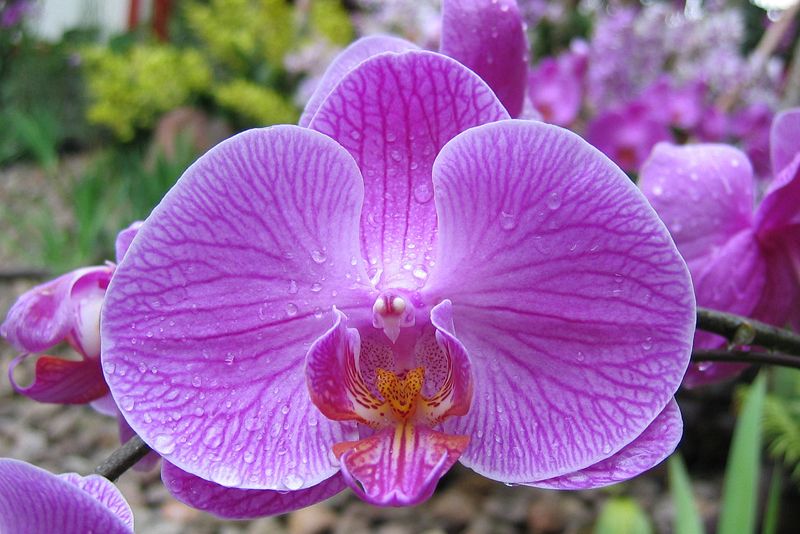The orchid flower is a marvel of nature that captivates people from all walks of life. From botanists to hobby gardeners, orchid enthusiasts share a deep passion for these exquisite and diverse plants. With over 30,000 species and more than 200,000 hybrids, orchids offer a colorful and mesmerizing world to explore.
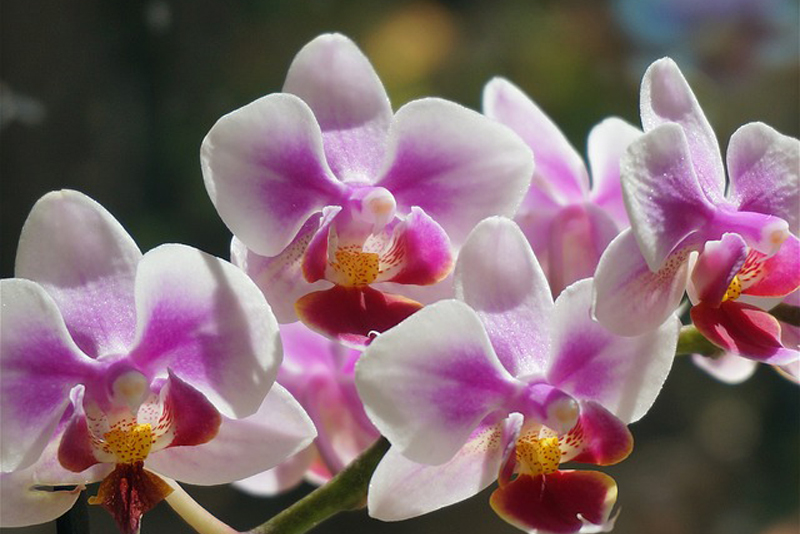
Interesting Facts About Orchids
Orchids are not just beautiful; they are fascinating plants with a rich history and unique characteristics. Here are some intriguing tidbits about these floral wonders:
- Size Matters. Orchid sizes vary dramatically. You can find tiny orchids perfect for windowsills and large ones that thrive outdoors. This diversity allows for a wide range of uses in various settings.
- Symmetrical Beauty. Each orchid flower can be divided into two equal halves, showcasing nature’s love for symmetry.
- Fungi Friends. Some orchid species cannot produce their own food through photosynthesis. Instead, they rely on a symbiotic relationship with fungi, which provide them with essential nutrients. This is a fascinating adaptation that showcases the complexity of nature.
- Industrial Uses. Orchids are not just for decoration. The perfume industry and traditional Asian medicine both utilize various orchid species. For example, the vanilla orchid (Vanilla planifolia) is the source of the beloved vanilla flavor.
- Ancient Plants. Orchids have been around for over 100 million years, surviving through various climatic changes and evolving into the diverse species we see today.
- Longevity. Some orchid species can live for up to 100 years, making them a long-term companion for dedicated growers.
- Tiny Wonders. The smallest orchid species, Plztystele jungermannioides, is a tiny marvel that highlights the vast range of sizes within the orchid family.
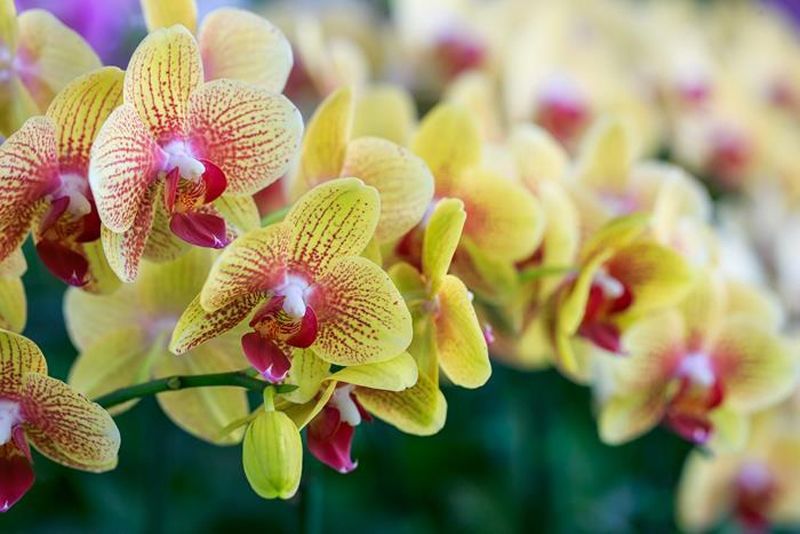
Taking Care of Your Orchid Flower
Caring for orchids might seem daunting, but with a few simple tips, you can ensure your orchid thrives:
- Light. Orchids need plenty of natural light but avoid direct sunlight, which can scorch their leaves. Aim for around 14 hours of indirect sunlight. If your orchid’s leaves are soft, it might need less light, so find a shadier spot.
- Watering. Overwatering is a common mistake. Orchids prefer to dry out between waterings. Water them sparingly and ensure good drainage to avoid root rot.
- Potting. Use a small plastic pot with good drainage for your orchid. This will help prevent root damage when repotting. Adding foam peanuts can improve drainage and stability.
With over 30,000 orchid species, care requirements can vary widely. The best approach is to observe your orchid and adjust your care routine based on its specific needs.
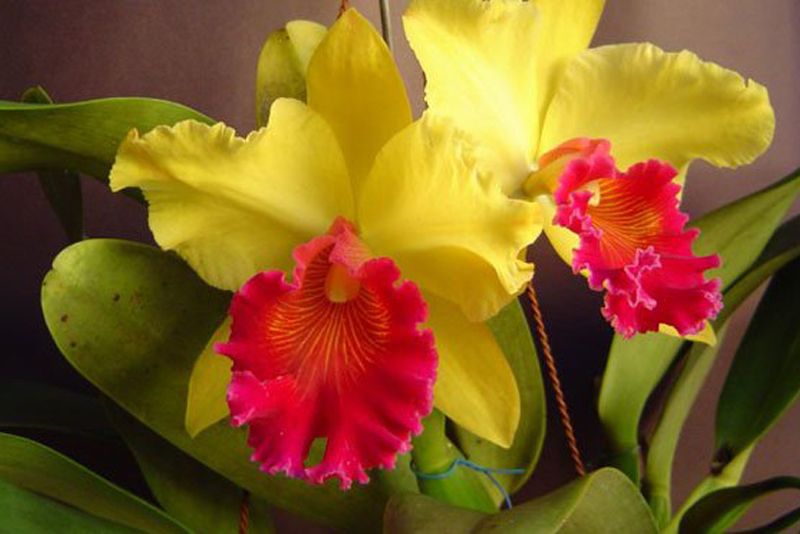
Choosing the Right Orchid for Your Home
Selecting the perfect orchid for your home involves considering both aesthetics and care requirements. Here are some popular choices:
- Phalaenopsis (Moth Orchid). Known for its striking flowers and ease of care, the moth orchid is perfect for beginners.
- Cattleya. Famous for their vibrant colors and fragrant blooms, Cattleya orchids are a bit more demanding but worth the effort.
- Dendrobium. These orchids come in a variety of shapes and sizes, making them versatile for different home environments.
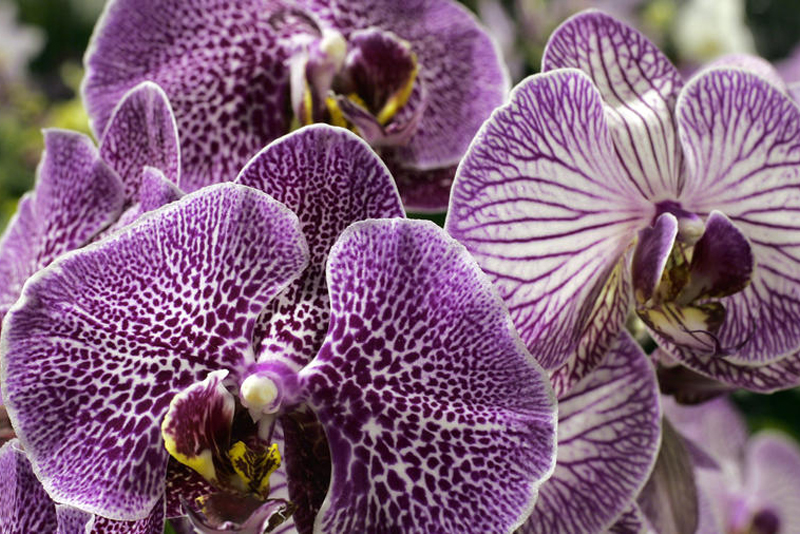
Creative Display Ideas for Orchids
Displaying your orchids creatively can enhance their beauty and make them a focal point in your home. Here are some ideas:
- Hanging Baskets. Use hanging baskets to create a cascading effect with your orchids. This is especially effective for species with long, trailing roots or flowers.
- Terrariums. For smaller orchids, consider a glass terrarium. This not only looks stylish but also helps maintain humidity, which many orchids love.
- Mounted Orchids. Mount orchids on pieces of wood or bark to mimic their natural growing conditions. This can create a stunning, natural look.
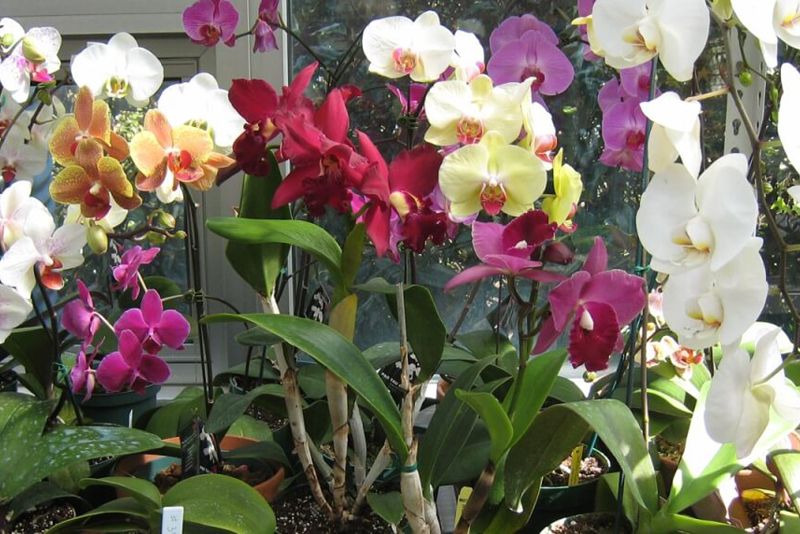
Common Orchid Problems and Solutions
Even with the best care, orchids can encounter issues. Here are some common problems and how to address them:
- Yellowing Leaves. This can be a sign of overwatering or insufficient light. Adjust your watering schedule and light exposure accordingly.
- Root Rot. Caused by poor drainage and overwatering. Ensure your pot has good drainage and let the soil dry out between waterings.
- Pests. Orchids can attract pests like aphids and spider mites. Regularly inspect your plants and use insecticidal soap or neem oil to manage infestations.
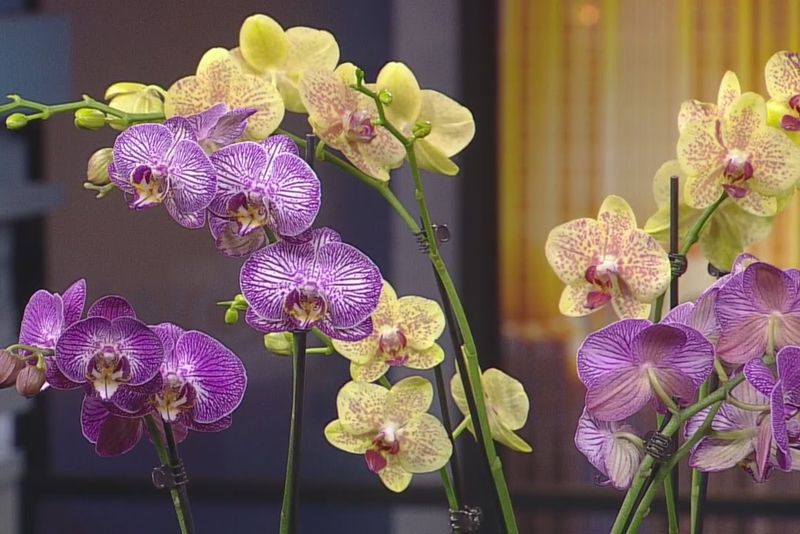
The Joy of Growing Orchids
Growing orchids can be a rewarding and meditative hobby. Watching these beautiful flowers bloom and thrive under your care brings a sense of accomplishment and connection to nature. Whether you’re a seasoned grower or a beginner, the world of orchids offers endless opportunities for learning and enjoyment.
By following these care tips and exploring the vast variety of orchid species, you can create a stunning indoor garden that brings beauty and joy to your home. So, roll up your sleeves, get planting, and let your love for orchid flowers bloom!

